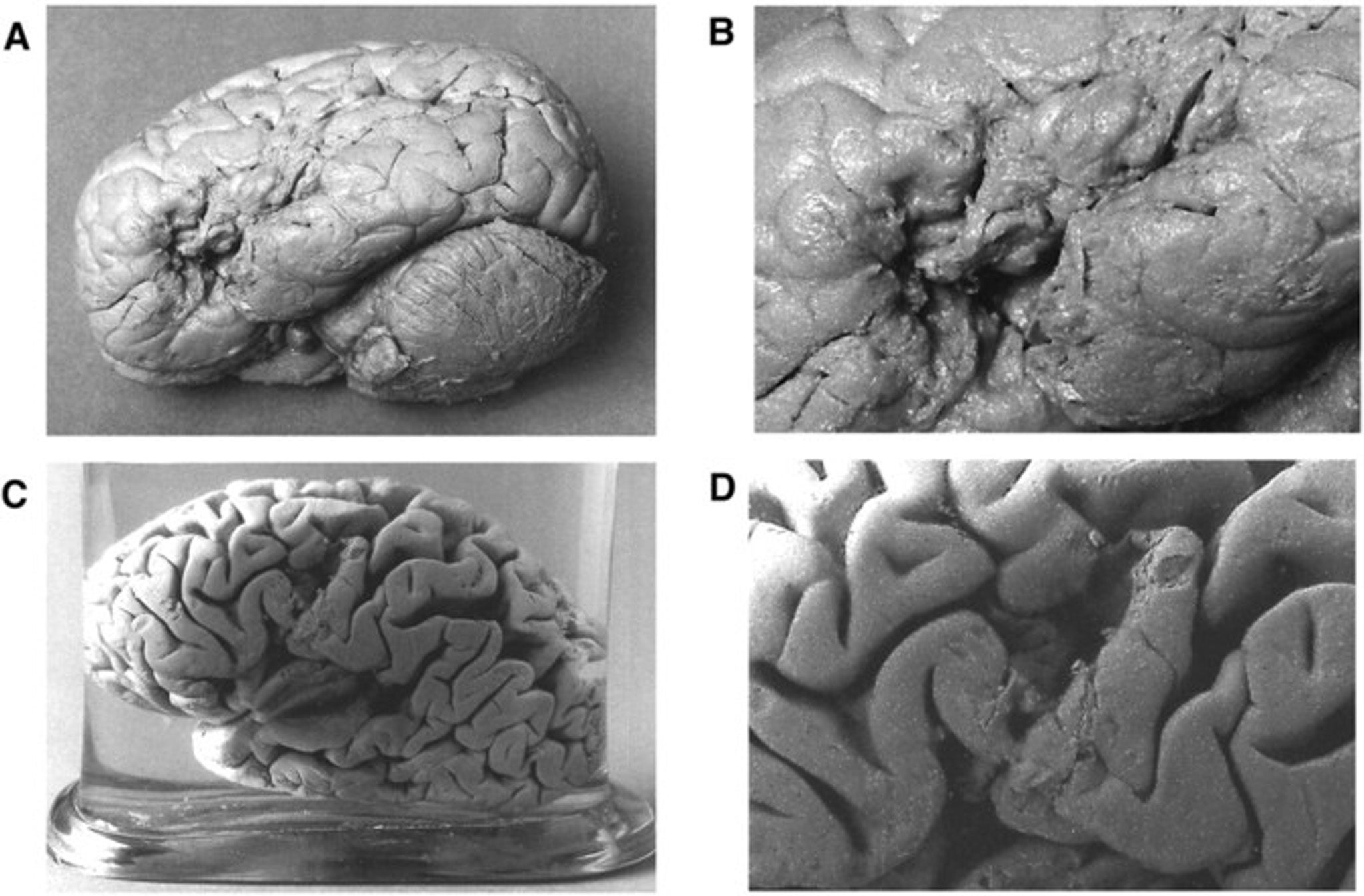The Independent's journalism is supported by our readers. When you purchase through links on our site, we may earn commission.
Game of Thrones: The scientific reason why Hodor only says one word
George RR Martin has created a character who is a textbook example of someone with a neurological condition called expressive aphasia

Hodor hodor hodor. Hodor hodor? Hodor. Hodor-hodor. Hodor!
Oh, um, excuse me. Did you catch what I said?
Fans of the hit HBO show Game of Thrones know what I’m referencing, anyway. Hodor is the brawny, simple-minded stableboy of the Stark family in Winterfell. His defining characteristic, of course, is that he only speaks a single word: “Hodor.”
But those who read the A Song of Ice and Fire book series by George R R Martin may know something that the TV fans don’t: his name isn’t actually Hodor. According to his great-grandmother Old Nan, his real name is Walder. “No one knew where ‘Hodor’ had come from,” she says, “but when he started saying it, they started calling him by it. It was the only word he had.”
Whether he intended it or not, Martin created a character who is a textbook example of someone with a neurological condition called expressive aphasia.
Losing speech ability
In 1861, French physician Paul Broca was introduced to a man named Louis-Victor Leborgne. While his comprehension and mental functioning remained relatively normal, Leborgne progressively lost the ability to produce meaningful speech over a period of 20 years. Like Hodor, the man was nicknamed Tan because he only spoke a single word: “Tan.”
Just a few days after meeting Broca, Leborgne passed away. Broca’s autopsy determined tissue damage, or a “lesion”, in the frontal lobe of Leborgne’s left brain hemisphere, just next to a brain fold called the lateral sulcus. Over the next two years, Broca acquired brains from 12 more patients with Leborgne’s symptoms – all of the autopsy evidence was strikingly consistent.
Neuroscientists are still examining this small region of the brain, now often referred to as “Broca’s area” to work out its many functions. While most research has focused on a patient’s inability to form syntactically complex sentences when this area is damaged, more recent work using functional magnetic resonance imaging (fMRI) has also reported that Broca’s area is active during language comprehension tasks, interpretation of movement, and comprehending various gestures also associated with speech, such as waving goodbye.
Telegraphic speech and brain damage
In collaboration with French scientists in 2007, a group at the University of California revisited the brains of Leborgne and Lelong (another of Broca’s patients who could only speak five words) using magnetic resonance imaging. One of their most interesting findings was that their lesions extended much deeper than Broca had reported, suggesting that multiple brain regions were probably contributing to their speech deficits.

This evidence of widespread damage is unsurprising. Leborgne, Lelong – and even Hodor – are actually more extreme examples of individuals with expressive aphasia. More commonly, a person with the disorder will express themselves in “telegraphic speech”, which usually comprises three or so words, including a noun and a verb. For example, someone may say, “Anne, dog, walk” to mean “I walked the dog with Anne today.”
The most common cause of expressive aphasia is stroke, which occurs when a blood clot blocks a vessel in the brain, resulting in tissue damage due to lack of oxygen. It’s estimated that expressive aphasia occurs in 12% of stroke patients, while roughly 35% of stroke patients suffer from a language aphasia of some form.

Watch Apple TV+ free for 7 day
New subscribers only. £9.99/mo. after free trial. Plan auto-renews until cancelled.
ADVERTISEMENT. If you sign up to this service we will earn commission. This revenue helps to fund journalism across The Independent.

Watch Apple TV+ free for 7 day
New subscribers only. £9.99/mo. after free trial. Plan auto-renews until cancelled.
ADVERTISEMENT. If you sign up to this service we will earn commission. This revenue helps to fund journalism across The Independent.
Expressive aphasia can also be caused by a tumour, haemorrhage, a haematoma in the membrane covering of the brain, or trauma to the head. It has been reported that Leborgne suffered from epileptic seizures as a child – some have speculated that he may have experienced head trauma during one such episode.
So what’s Hodor’s story? Did he sustain a blow to the head, suffer a stroke, or was he simply a giant baby dropped by his mother?
He may only speak one word, but like the other characters in the show, Hodor too may have a quite an interesting backstory.
This article was originally published on The Conversation. Read the original article.
Join our commenting forum
Join thought-provoking conversations, follow other Independent readers and see their replies
Comments